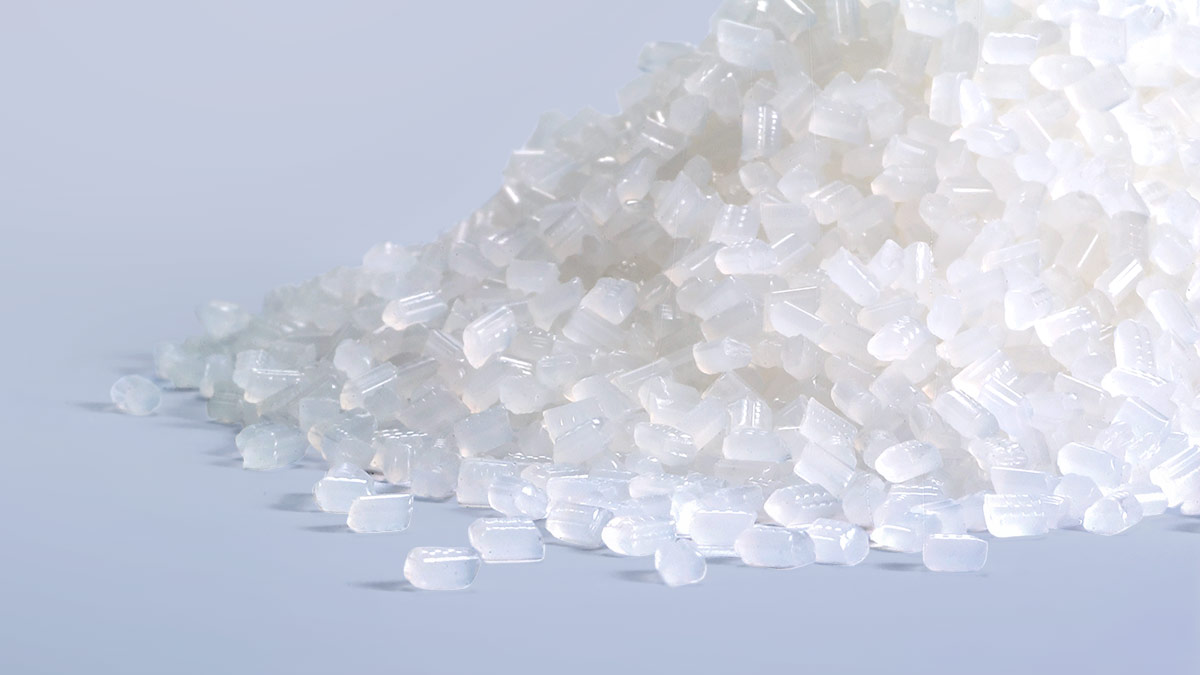Polyvinylidene fluoride or PVDF is a highly versatile fluoropolymer that has found extensive applications across a wide range of industries including automotive, aerospace, electronics, and more. While PVDF was first developed in the late 1930s, it was not until the 1960s that its full potential was realized. Since then, PVDF has emerged as one of the most widely used engineering plastics owing to its unique properties such as excellent chemical resistance, thermal stability, mechanical strength, and more. This article provides an overview of PVDF including its properties, production process, major applications as well as the latest research.
Chemical Structure and Properties
Polyvinylidene Fluoride is a semi-crystalline thermoplastic fluoropolymer whose monomer unit is a vinylidene difluoride. The chemical formula of PVDF is (CH2CF2)n which gives it several advantageous properties. Due to the strong carbon-fluorine bonds, PVDF is highly nonreactive and resistant to corrosion from chemical solvents, bases and acids across a wide range of temperatures and pH levels. It also exhibits good thermal stability with a melting point of around 170°C. PVDF is lightweight yet possesses good mechanical strength. Additionally, PVDF is piezoelectric, hydrophobic, and displays optical clarity. These unique properties combined with affordability compared to other fluoropolymers have made PVDF irreplaceable for numerous applications.
Production
PVDF is produced via free radical polymerization of vinylidene difluoride (VDF) monomer. In this process, VDF monomers are heated in the presence of an organic peroxide initiator which decomposes to form free radicals. These free radicals then react with the VDF monomers to initiate the polymerization reaction. The reaction yields high molecular weight PVDF resins. The polymerization can be carried out through suspension, emulsion or solution processes to produce differing forms of PVDF such as pellets, dispersions or powders. Post-polymerization processing such as melt extrusion or calendaring is then used to form PVDF into various end products. Typically, PVDF resins with varying molecular weights and crystallinity levels are produced to best suit the requirements of different applications.
Major Applications
Due to its unique set of properties, PVDF has found widespread use in many industries:-
Coatings – One of the largest applications of PVDF is in high-performance coatings for architectural, marine, automotive and general industrial uses. PVDF coatings exhibit excellent gloss retention, color stability and resistance to corrosion, acids, bases and solvents.
Wire and Cable – Thin wall tubes or jacketing made from PVDF offer critical insulation for wires and cables used in automotive, aerospace, electronics and energy industries. PVDF withstands high temperatures and is light in weight.
Membranes – PVDF membranes have outstanding permeability and selectivity properties for microfiltration and ultrafiltration processes. They are used extensively in water treatment, food and dairy processing and biopharmaceutical applications.
Pipes and Fittings – Tubing, pipe fittings and valves molded from PVDF combine high strength with resistance to corrosion and chemicals. PVDF piping systems find extensive use in chemical processing, semiconductor manufacturing and various industrial plants.
Energy Storage – Innovative applications of PVDF are being explored in the energy sector. PVDF coatings enhance the safety of lithium-ion batteries by providing insulation. PVDF membranes are also utilized in fuel cells and hydrogen storage systems.
Latest Advances
Scientists are continuously working towards expanding the scope of PVDF by leveraging its properties. Some key ongoing research areas include:
– Developing PVDF composites by blending it with nanofillers like graphene to impart improved mechanical, thermal and barrier properties.
– Fabricating PVDF in the form of fibers, nonwovens and porous structures for specialized filtration applications.
– Exploring PVDF as a high-performance piezoelectric material for sensors, actuators and energy scavenging devices.
– Surface modification of PVDF using methods like plasma treatment and photo-grafting to alter properties like wettability and printability.
– Blending PVDF with other polymers to obtain materials with tunable crystallinity, phase structure and characteristics.
PVDF with its balance of properties like chemical inertness, heat resistance, strength and piezoelectricity has carved a niche for itself across a broad swathe of industries. Continuous research aimed at expanding the functionality and applications of PVDF promises further growth opportunities. Looking at its past track record and potential, PVDF is certain to remain a stalwart engineering polymer well into the future.
*Note:
1. Source: Coherent Market Insights, Public sources, Desk research
2. We have leveraged AI tools to mine information and compile it

